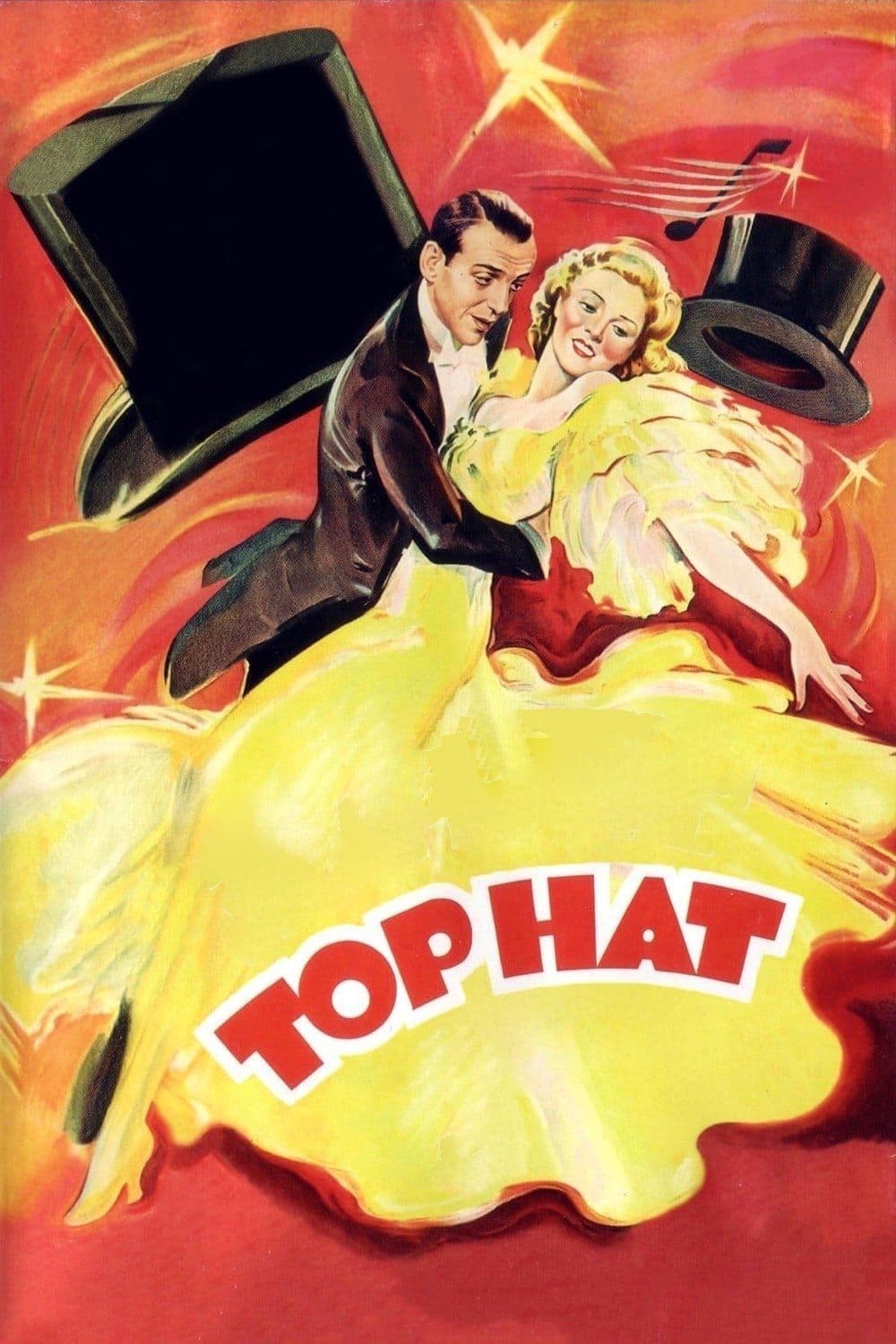
Top Hat
1935
Rate this movie
Average: 0.00 / 5
(0 votes)
Director
When this film was released in 1935, the international audience was not entirely accustomed to the culture of the danced musical as a striking synthesis that bridged conventional narration and bodily expression. Until then, the cinematic musical had often been an agglomeration of disparate musical numbers, often static or dominated by the choral and kaleidoscopic geometries of a Busby Berkeley, whose genius lay in orchestrating impressive masses and set designs into visual tableaux often detached from the diegesis. Sandrich's work had, among other merits, that of creating a fundamental archetype of the musical where the grace and lightness of the two protagonists assumed the value of pure narration. It was a silent revolution: dance was no longer a mere interlude, but the very pulsation of the story, its most authentic language. In an era when the genre was still in its infancy and America was grappling with the throes of the Great Depression, this film masterfully combined narration, music, and dance, giving rise to an elegant and refined work that enchanted audiences worldwide, building a true myth centered on the most famous dance duo of all time: Ginger and Fred.
Their success was no accident, but the expression of a collective desire to escape harsh reality, to dream in technicolor – or rather, in dazzling black and white. Fred Astaire and Ginger Rogers, with their undeniable chemistry coupled with extraordinary talent, elevated dance to an art form, creating iconic sequences that naturally became ingrained in everyone's imagination. Their ability to convey emotion with every gesture, every glance, every twirl was magnetic, almost telepathic. Top Hat is not just a film, but a sensory experience that transports the viewer into a world of grace, lightness, and expressiveness, a balm for the soul in times of uncertainty. It was an invitation to suspend disbelief and let oneself be carried away by choreographic and stylistic perfection that seemed to come from another plane of existence.
Jerry Travers (Fred Astaire), an American dancer, arrives in London to perform in a show produced by his friend Horace Hardwick (Edward Everett Horton). At the hotel, Jerry meets Dale Tremont (Ginger Rogers), a beautiful model with whom he falls madly in love. A series of misunderstandings, however, complicates the situation: Dale believes Jerry is the husband of Madge (Helen Broderick), Horace's wife, and this conviction gives rise to a series of comical situations and chases between London and Venice. The plot, with its comedy of errors dynamics that nod to screwball comedy, is a cleverly constructed pretext to justify the dance sequences, a narrative thread light as a feather that allows the protagonists to soar. Amidst breathtaking ballets in Art Deco sets and unforgettable songs like "Cheek to Cheek" and "Top Hat, White Tie and Tails," Jerry and Dale draw closer and pull away, in a waltz of seduction and misunderstandings, leading to the happy ending that crowns their love. Venice, with its canals and romantic atmosphere, is not just a location, but a veritable dreamy backdrop that amplifies the fairytale dimension of their story, a place where reality merges with fantasy.
Sandrich's direction, elegant and fluid, enhances the skill of the two protagonists, true poets of movement. His choice to favor the long take, leaving the camera fixed on the dancers' full bodies without resorting to sudden cuts or distracting close-ups, was revolutionary and respectful of the dance itself, allowing the viewer to appreciate the complexity and perfection of the choreographies without interruption. The black and white cinematography, refined and evocative, creates a magical, timeless atmosphere, not a mere technical limitation but a precise aesthetic choice that enhances silhouettes, plays of light and shadow, and the shimmering elegance of the costumes. Irving Berlin's music, with its catchy melodies and engaging rhythms, is an integral part of the narration and contributes to creating an atmosphere of joy and lightheartedness. Berlin was not merely a hit composer but a sonic architect capable of capturing the emotional essence of each scene, tailoring the songs to the characters and their stories with sartorial precision.
Indeed, Astaire and Rogers, with their innate elegance and their ability to communicate emotions through dance, manage to transcend mere technical execution, transforming every dance step into a gesture laden with meaning, with semantic value. Their dynamic was unique: Fred, with his unparalleled precision and apparent lightness, seemed to float effortlessly, an aristocrat of movement; Ginger, with a more earthly sensuality and acting that made her accessible, anchored him to reality, while still following him in every, albeit difficult, step, demonstrating her extraordinary versatility. From a technical point of view, the film introduces four fundamental dance styles. Tap Dance: It is the pulsating heart of Astaire's choreographies. The style, born from the fusion of African and European dances, is based on the rhythmic percussion of feet on the floor. Astaire masters it with virtuosity, creating sequences of incredible complexity and musicality. Famous is his solo in the hotel room, where his body becomes an instrument and the almost hypnotic rhythm of tap dance becomes an inner monologue, or the number with the cane where tap steps intertwine with the twirls of the prop, demonstrating absolute stage mastery. The Quickstep: A ballroom dance, characterized by fast and fluid steps, it is perfectly embodied by Astaire and Rogers in "Cheek to Cheek," a dance that is pure joy and understanding, a symbol of harmony that transcends the barriers of misunderstandings. The Foxtrot: Another famous ballroom dance characterized by slower and more sinuous movements than the quickstep. Astaire and Rogers interpret it with sophistication, adding a touch of sensuality and a subtle romantic tension to their performances, a bodily dialogue that anticipates the resolution of the plot. The Waltz: Even the waltz, with its timeless elegance, finds its place in Top Hat, bestowing upon the narrative an atmosphere of veiled romanticism, a waking dream that seals the union of the two protagonists. And above all, Ginger and Fred seem to float in an aura of soft mist while the chaos of events rages around them, unable even to touch them, an oasis of perfection and lightness in a world that seemed desperately to need it.
Country
Gallery
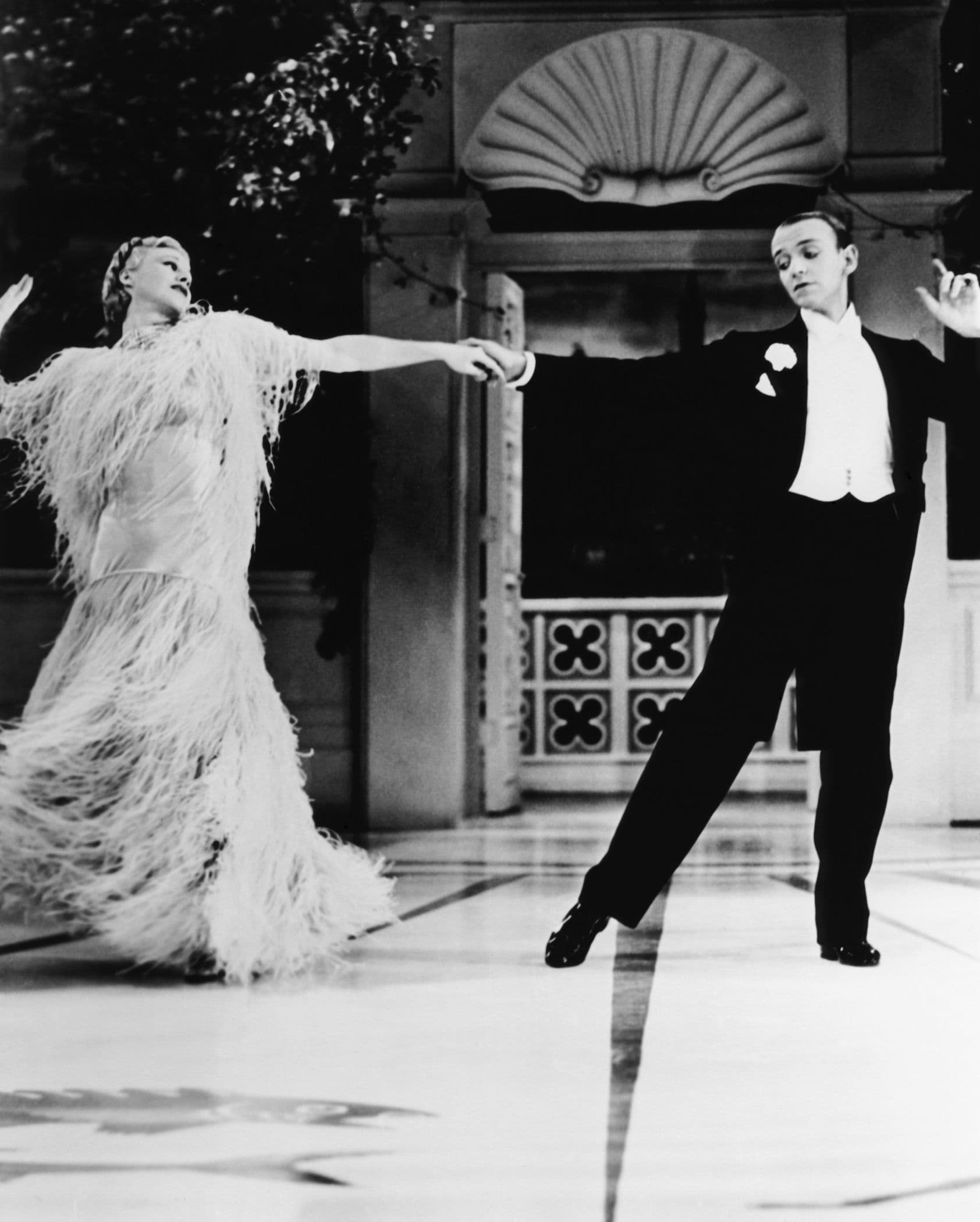
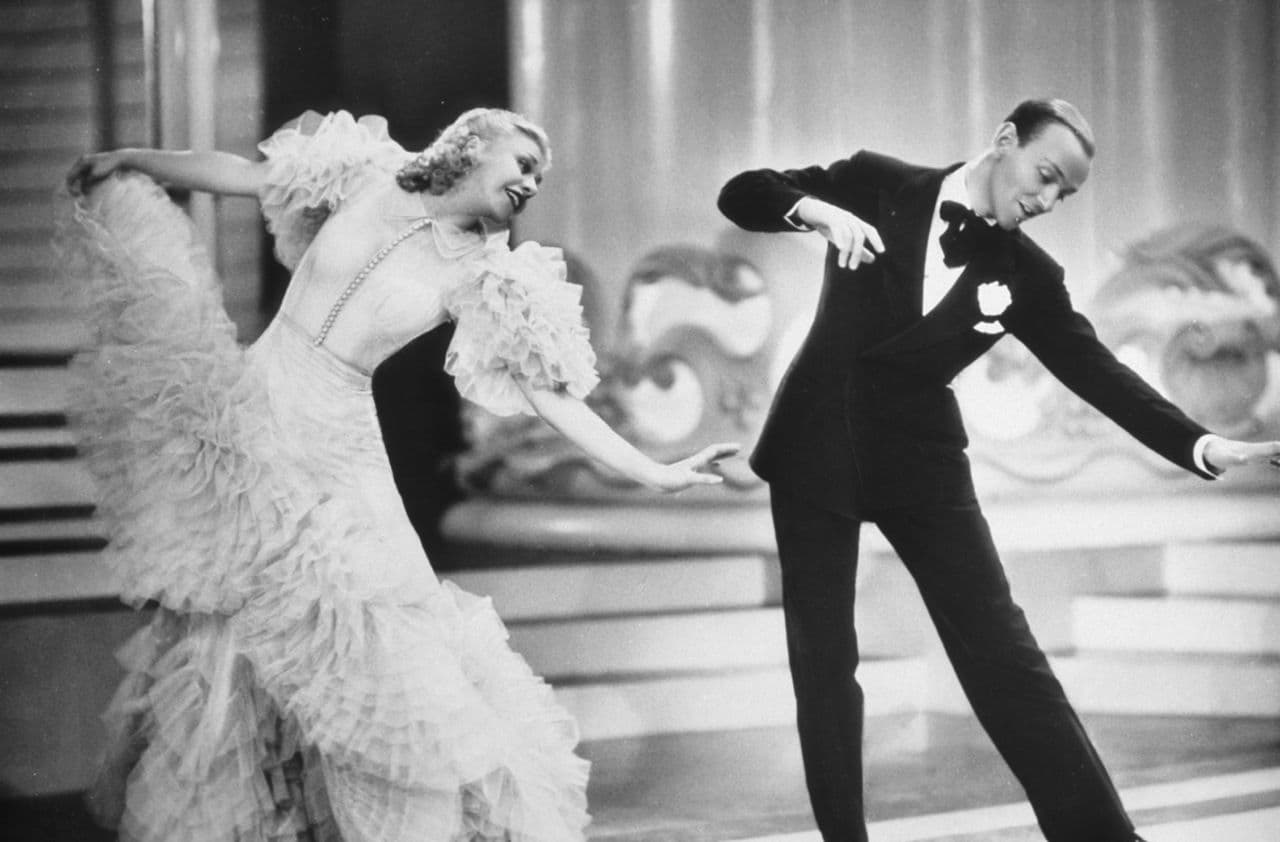
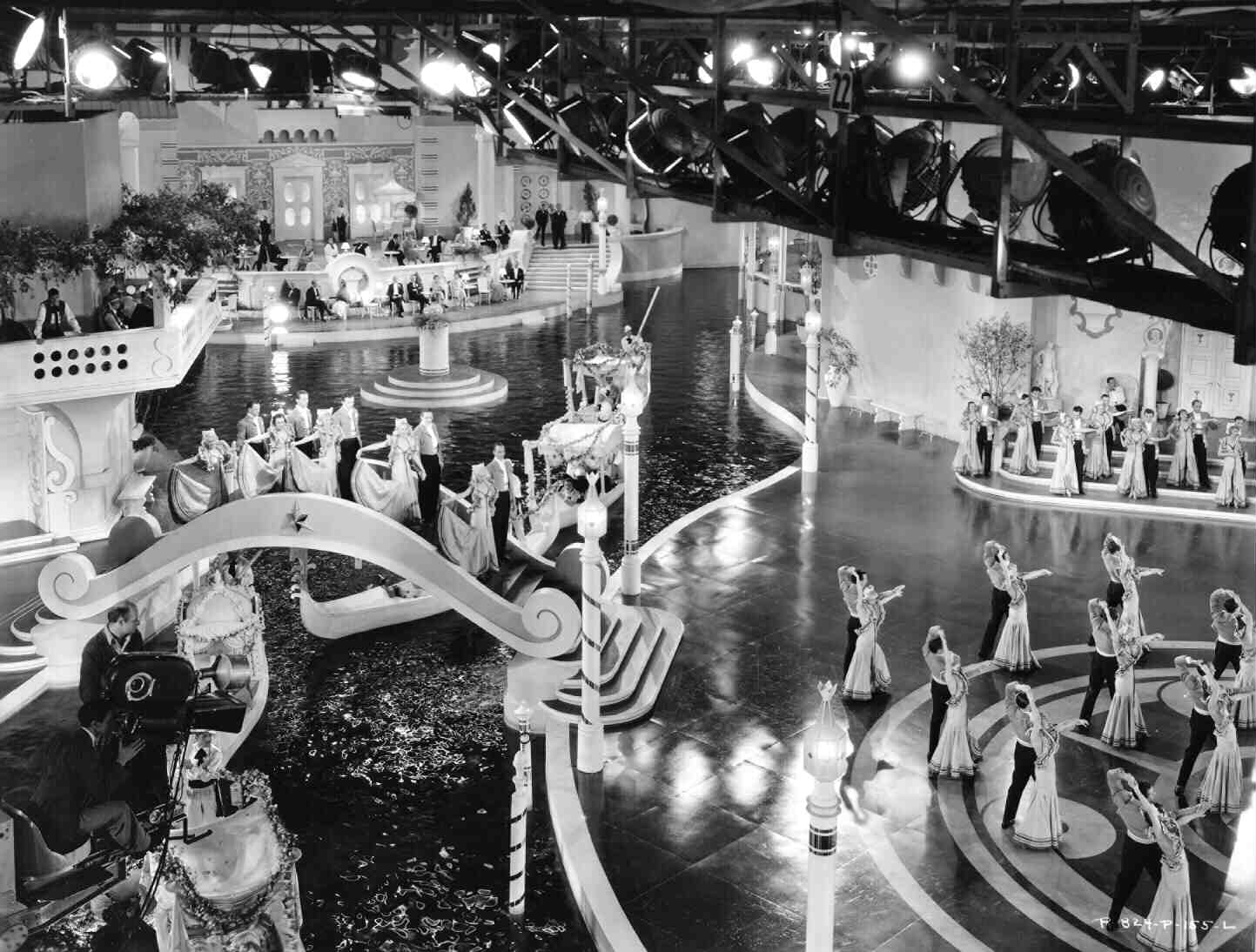

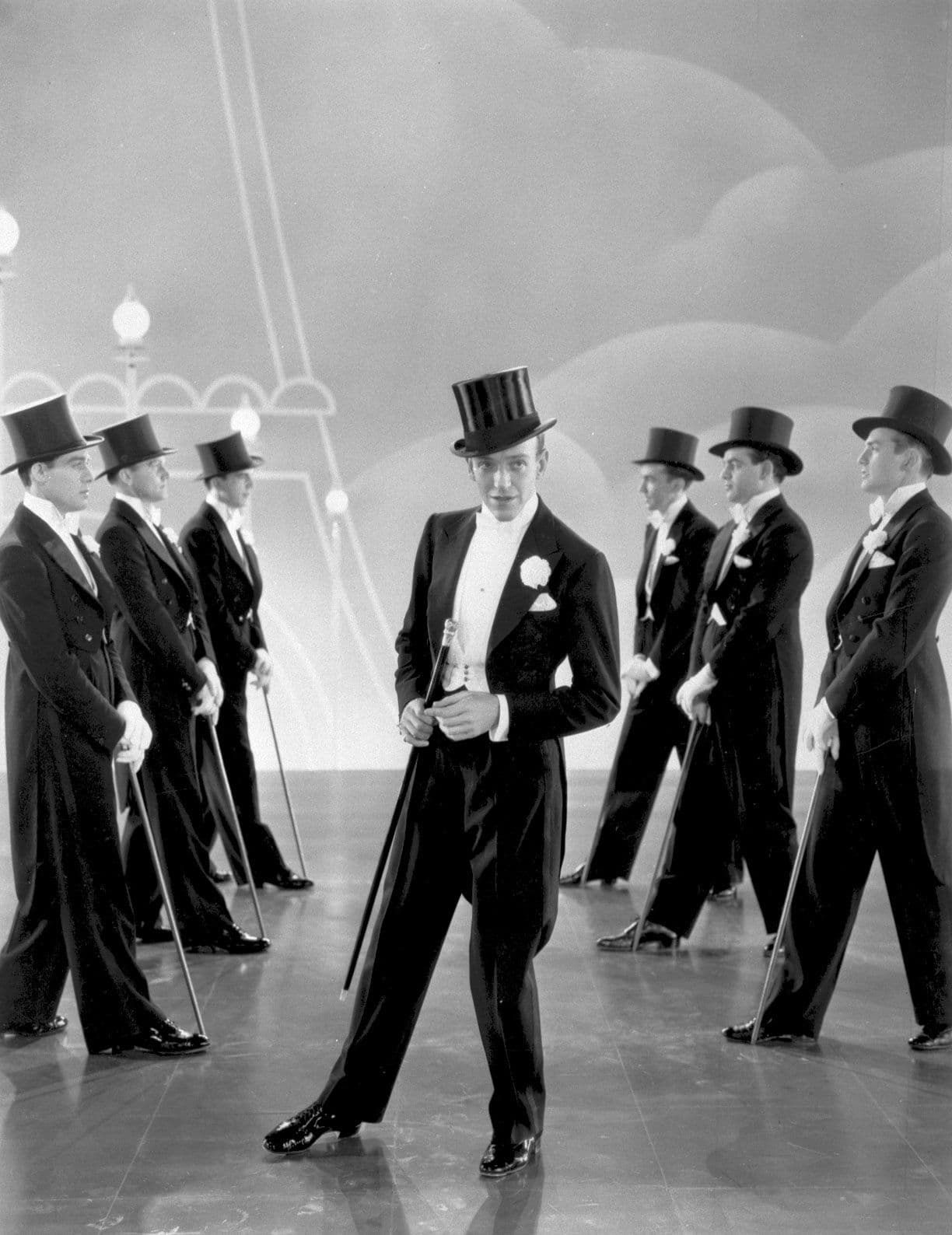
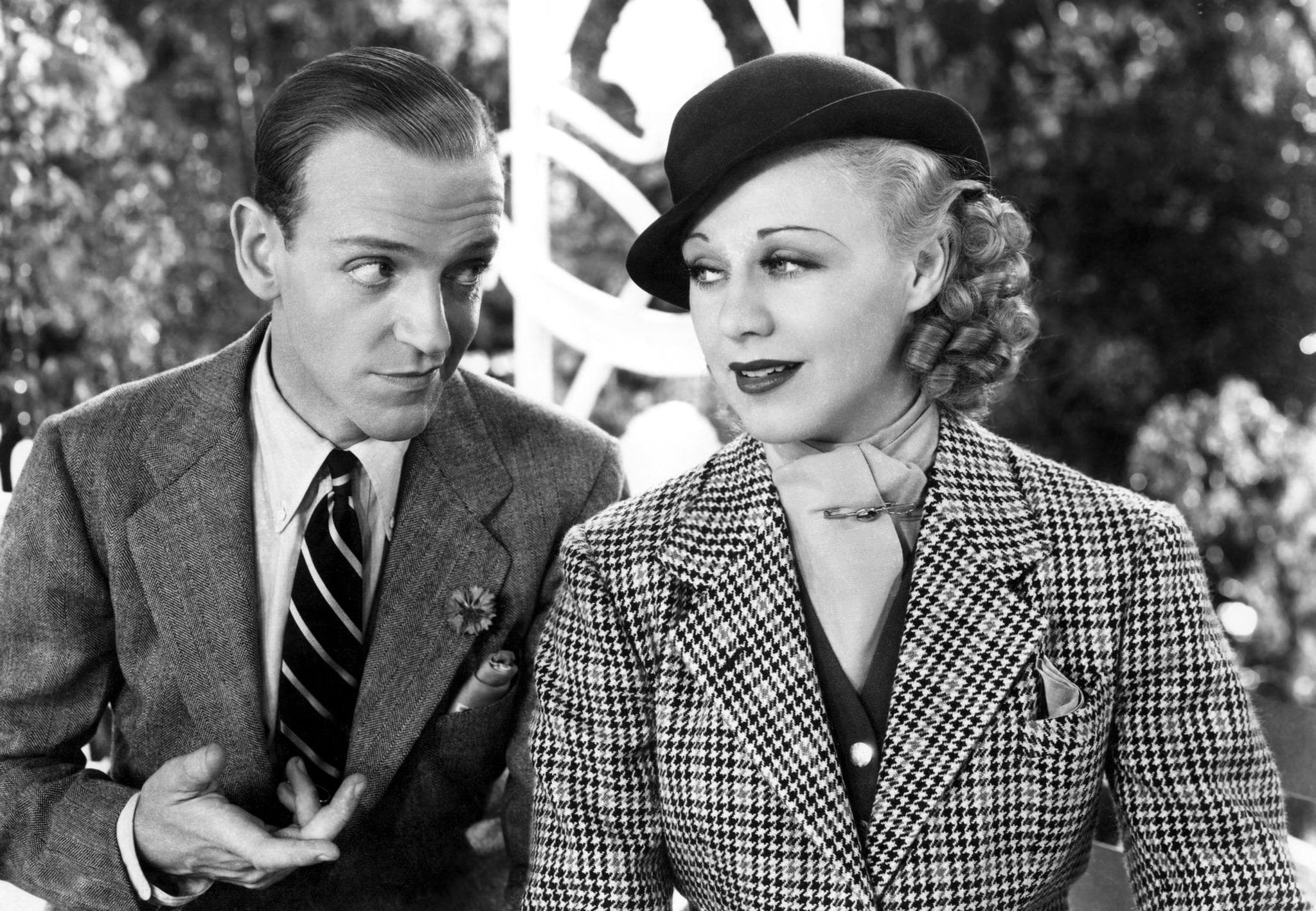
Featured Videos
Official Trailer
Comments
Loading comments...